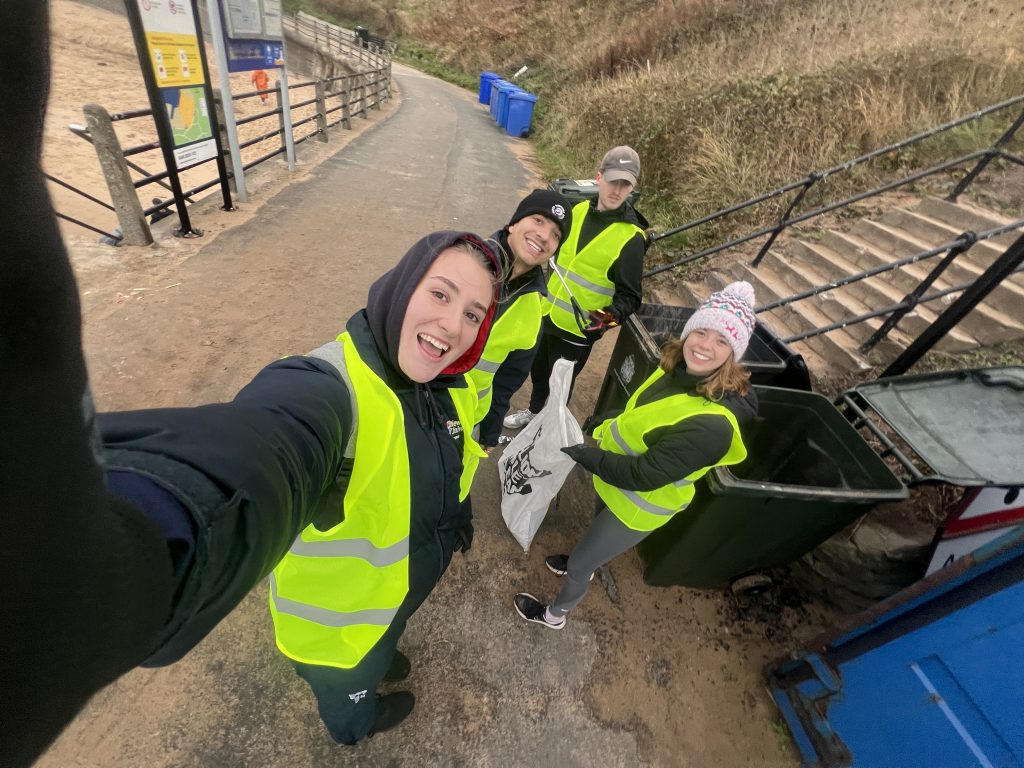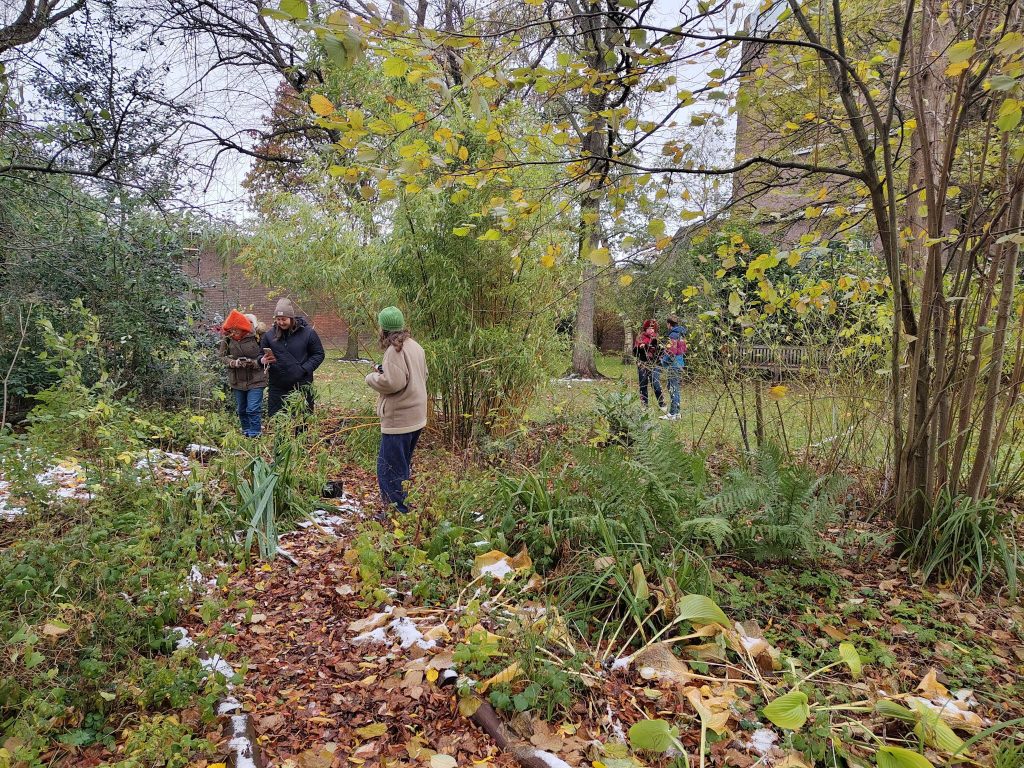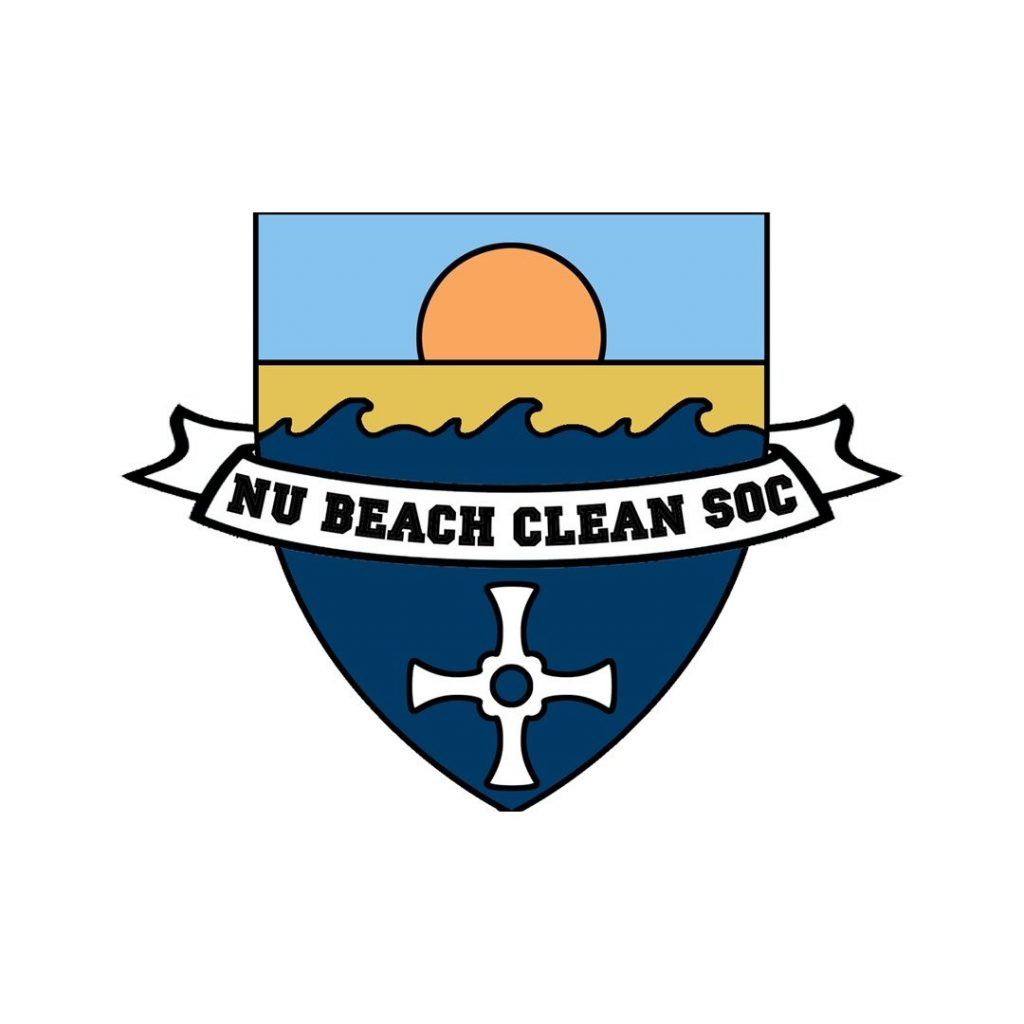On the 15th of November 2025, a crowd of 68 Newcastle University students gathered by Dove Marine Laboratory, litter pickers and bin bags at the ready!
This group represented an ambitious and momentous cross-club/ society event, with members from 8 different student groups contributing to the pick.

The effort was also joined by some Women in Ocean Science and Northumberland Wildlife Trust ambassadors. The collective broke the participants record for Newcastle University society’s litter pick history.
Along the trail starting in Cullercoats at Dove Marine, across Longsands, and finishing at King Edwards Bay, Tynemouth these litter pickers collected a hefty 56kg of litter! The second to best for weight collected in the society’s history.
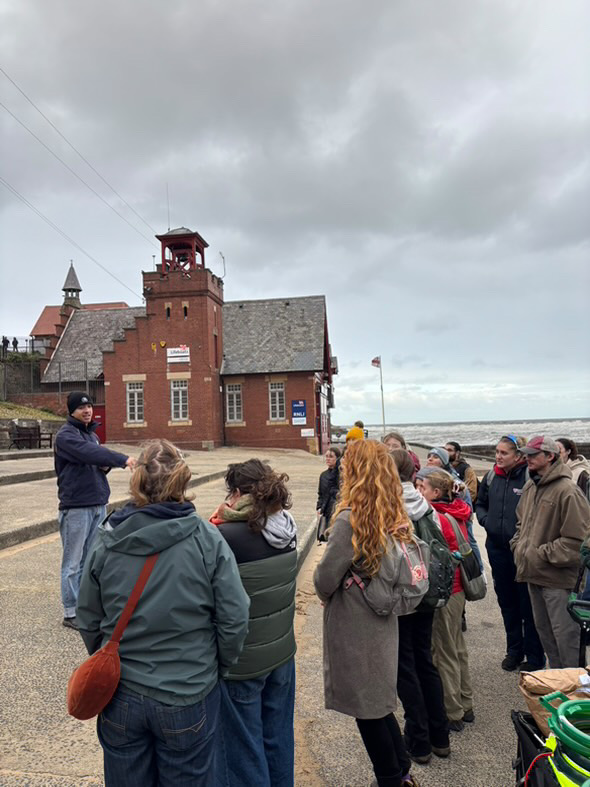
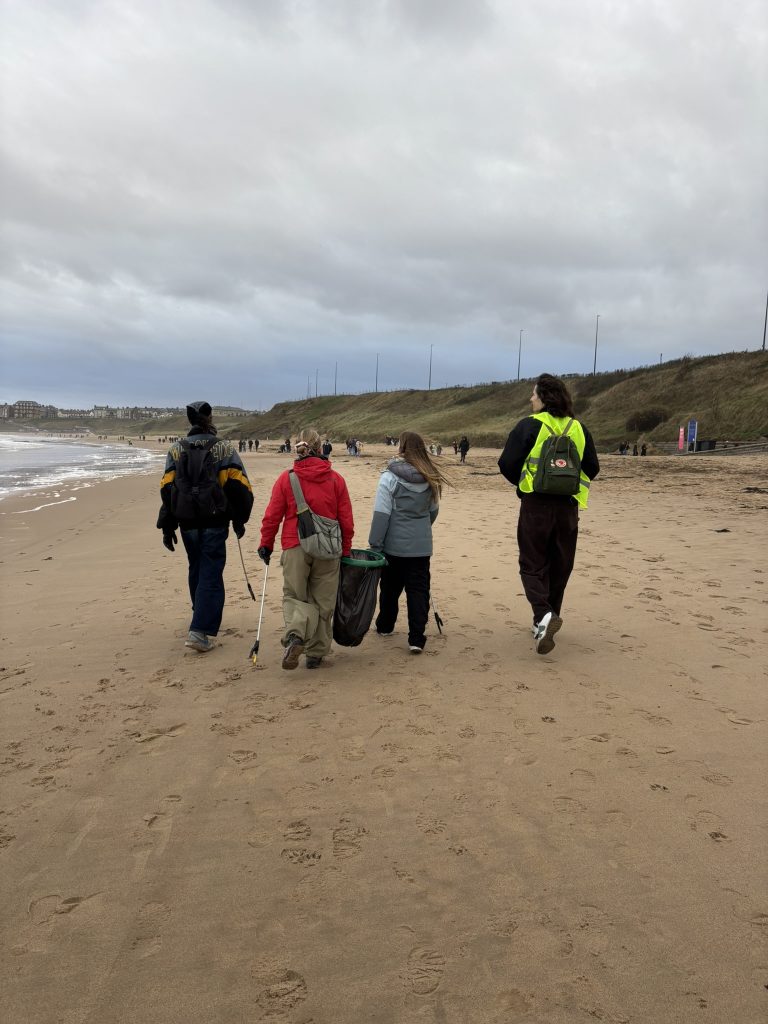
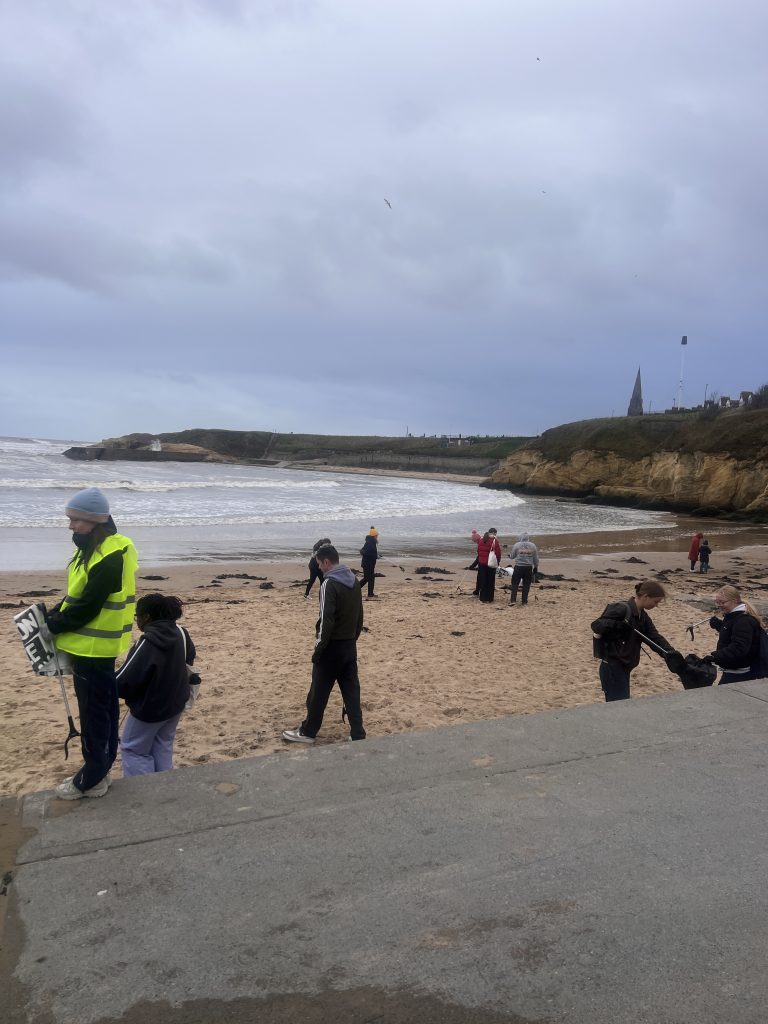
Really good turn out and we got the beaches looking spotless! – Lucy and Freya (Newcastle University Marine Society)
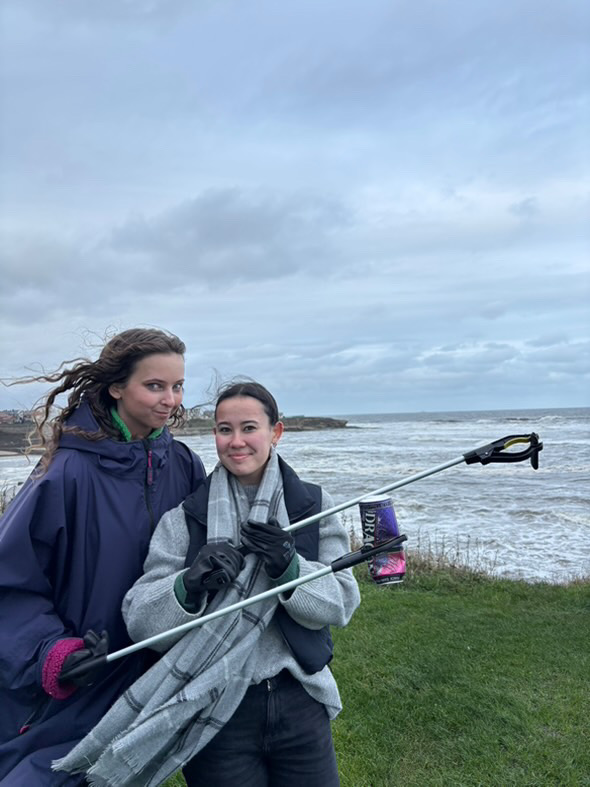
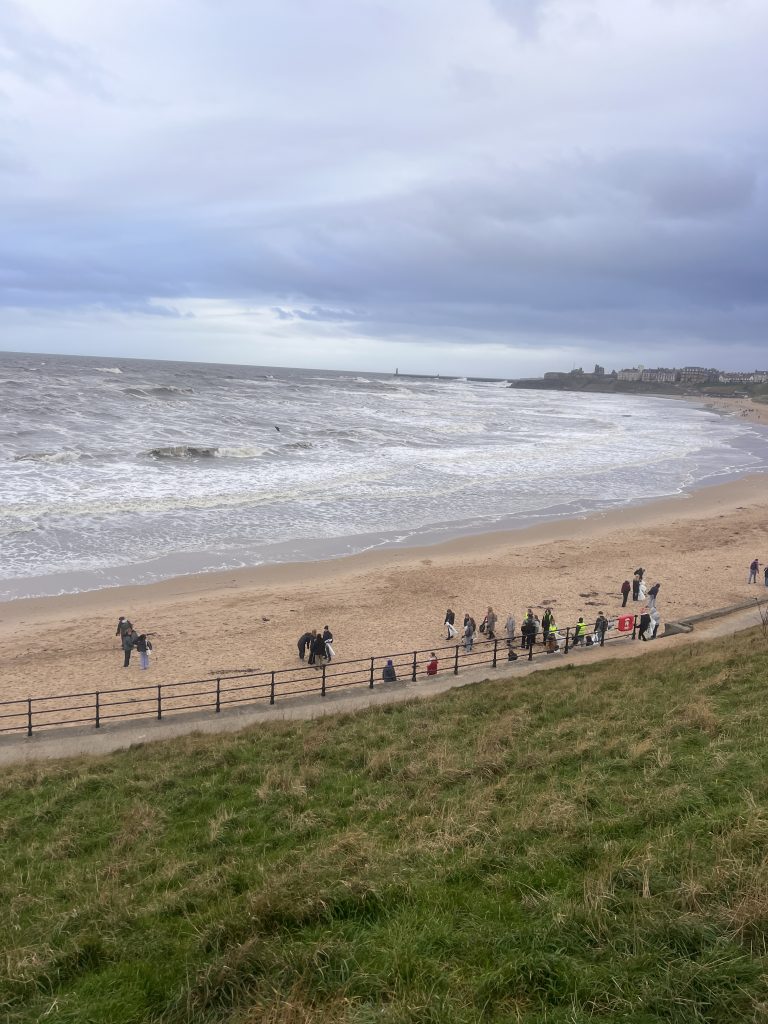
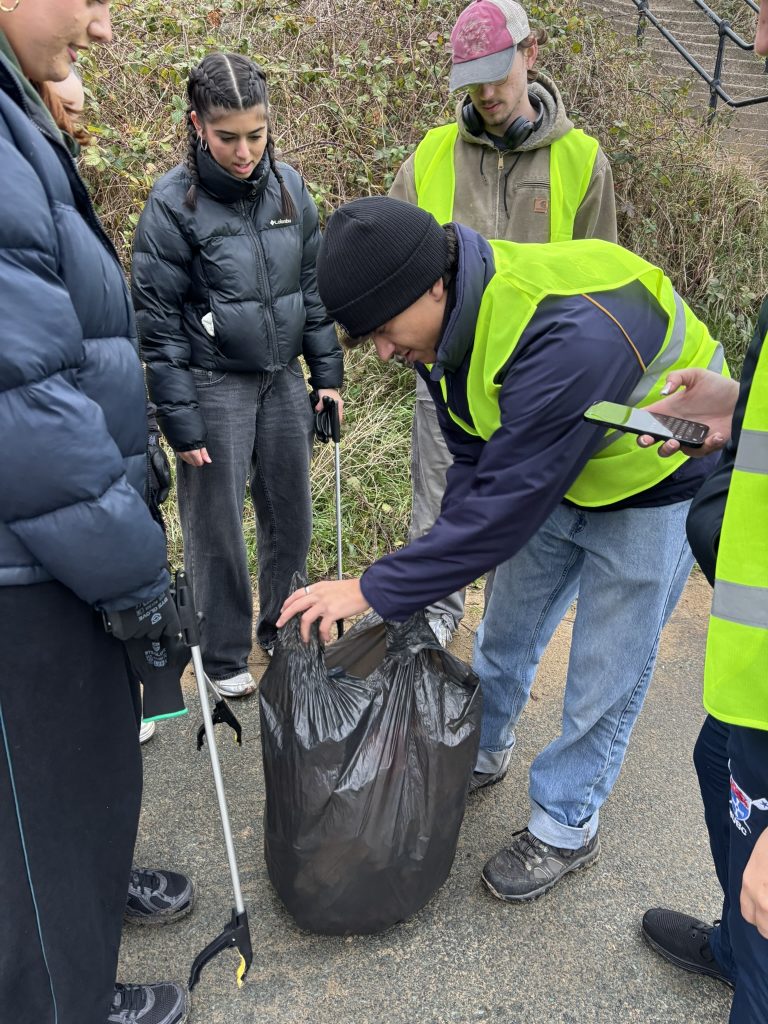
The Environment and Earth Society concurred the event was an undoubted success:
“Very rewarding and a fun challenge to try and pick up the most litter”
“A lovely afternoon spending time outdoors and doing something actively positive for nature”
“Exciting to be with such a big group of likeminded people!”
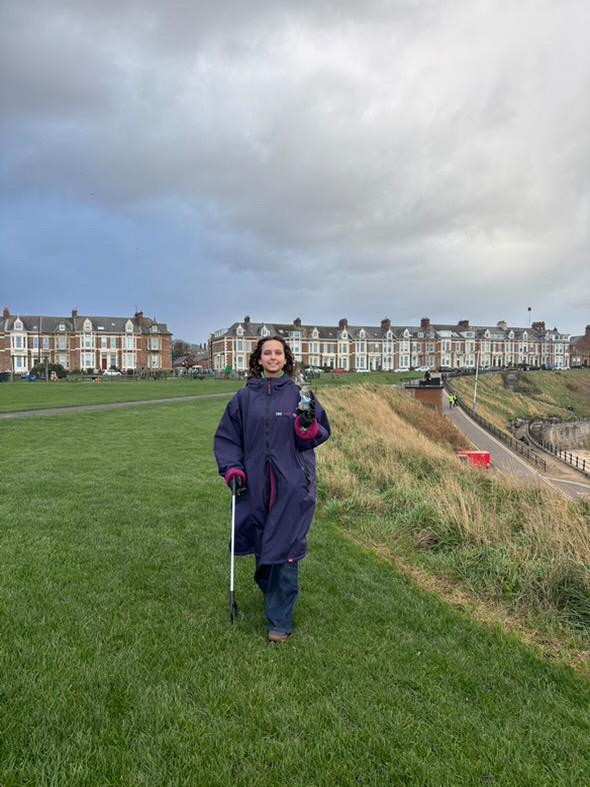
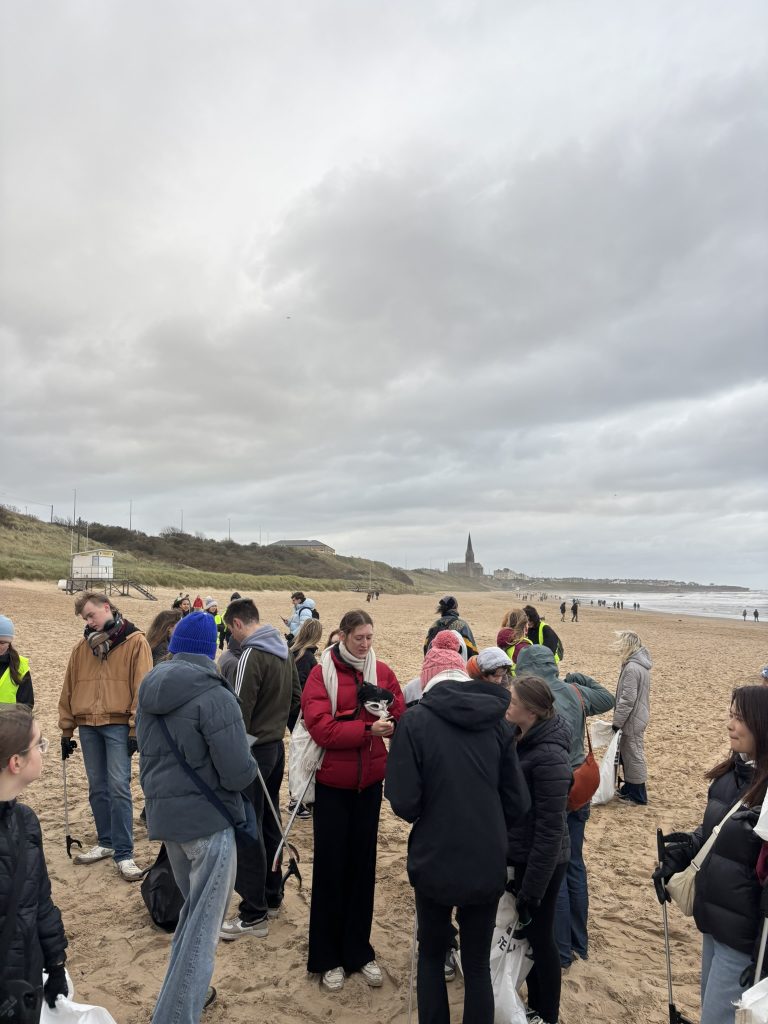
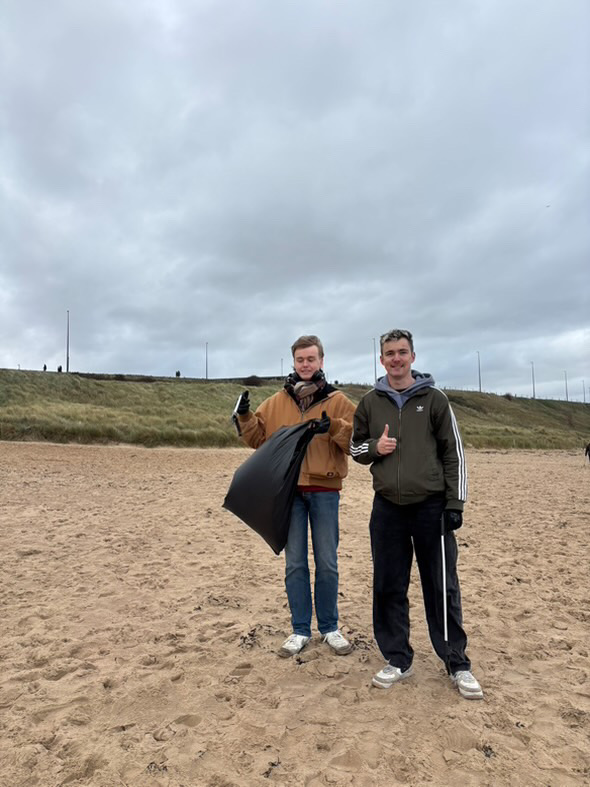
The Beach Cleaning Society were overwhelmed with the turnout and support:
“It was a great way to contribute to keeping our local beaches clean, and collaborating across multiple societies gave everyone an opportunity to connect with likeminded people- was a very enjoyable afternoon despite the cold!”
“It was an amazing event, and we were very proud with the turnout so a huge thank you to everyone who came to help clean our coastline!”
A huge congratulations and kudos to the students involved for the impressive positive impact created. Can’t wait to see what you do next!
